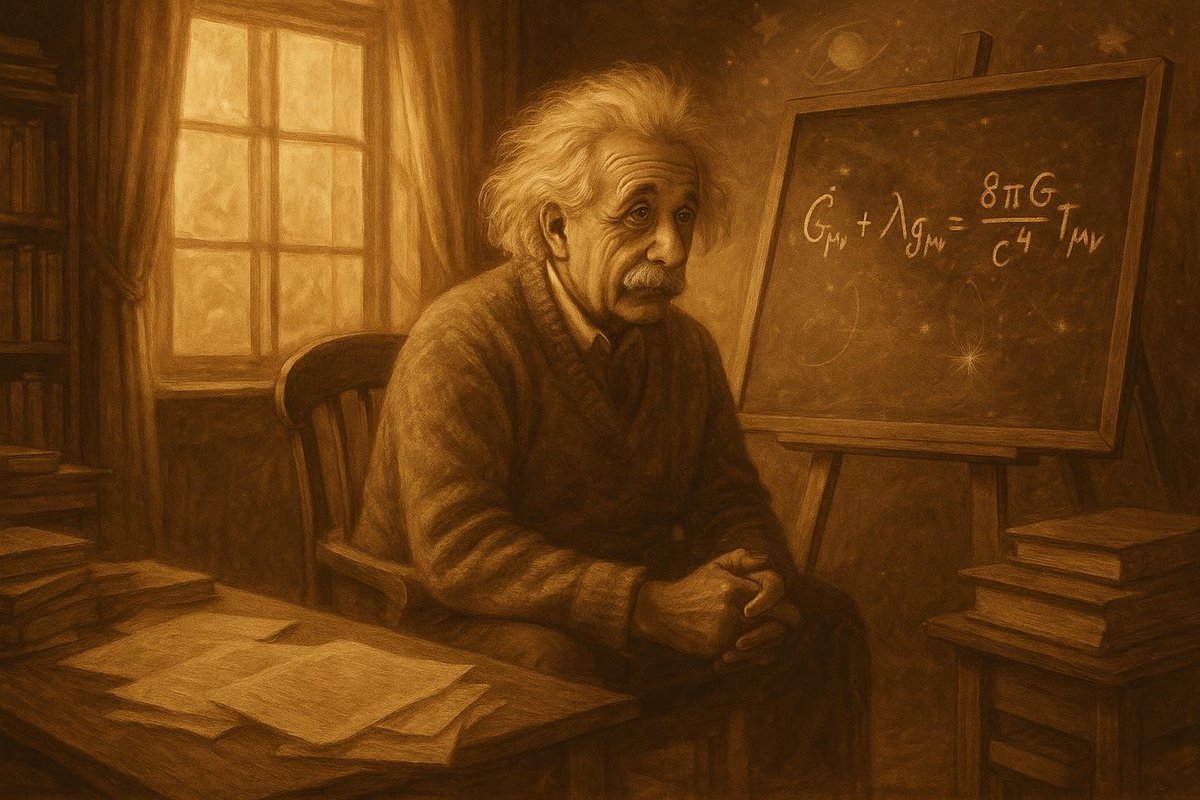
Origin: A World Ready for Change
In the late 19th and early 20th centuries, the scientific community was buzzing with ideas that would challenge the very foundation of classical physics. Newton’s laws had long dominated the understanding of the universe, presenting a neat, predictable picture that many believed was complete. However, as technology advanced, new observations began to hint at phenomena that couldn’t be fully explained by existing theories.
- The speed of light was constant, regardless of the observer’s motion, a puzzling fact noticed by physicists.
- Michelson and Morley’s experiments in the 1880s showed that light’s speed wasn’t affected by Earth’s motion, defying traditional physics.
- Einstein, a young patent clerk at the time, was deeply intrigued by these anomalies.
Amid this intellectual turbulence, the stage was set for a revolutionary thinker to bring clarity. With an insatiable curiosity and a knack for thinking differently, Albert Einstein emerged as the perfect candidate to tackle these complex puzzles. He was about to embark on a journey that would redefine our understanding of space and time.
Key Figures: Einstein’s Unique Mindset
Albert Einstein, born in 1879 in Ulm, Germany, wasn’t the typical prodigy. He often found formal schooling uninspiring, yet his curiosity about the universe knew no bounds. Interestingly, his early fascination with a magnetic compass sparked a lifelong quest to understand the invisible forces shaping our world.
- Einstein’s thought experiments, like imagining chasing a beam of light, were his tools for exploring complex ideas.
- These imaginative exercises allowed him to question existing assumptions and explore new possibilities.
- Other key figures, like Hendrik Lorentz and Henri Poincaré, laid groundwork that Einstein built upon.
In 1905, often called his “miracle year,” Einstein published four groundbreaking papers, each addressing different aspects of physics. Among these was his theory of special relativity, which introduced the radical notion that time and space are intertwined. This idea was a direct result of his thought experiments, showcasing how his unique approach to problem-solving led to monumental insights.
Turning Point: The Thought Experiments
What truly set Einstein apart was his use of thought experiments to visualize complex concepts. Imagine riding alongside a beam of light or standing in an accelerating elevator. These scenarios, while purely imaginative, were instrumental in developing his theories.
- Einstein’s famous train thought experiment illustrated how observers moving relative to each other perceive events differently.
- He realized that time itself could speed up or slow down depending on the observer’s velocity.
- This insight challenged the very notion of absolute time that was central to Newtonian physics.
By 1915, Einstein presented the general theory of relativity, further expanding on these ideas. It proposed that massive objects like planets and stars warp the fabric of space-time, creating the gravitational effects we observe. With this, Einstein’s thought experiments had not only reshaped theoretical physics but also found real-world applications in technologies like GPS, which rely on precise time measurements.
Impact on the World: A New Cosmic Perspective
The implications of Einstein’s theories reached far beyond the academic world. His work altered how we perceive the universe, shifting from a static view to a dynamic, interconnected cosmos. This new perspective paved the way for modern astrophysics and cosmology.
- Einstein’s theories laid the groundwork for discoveries such as black holes and the Big Bang theory.
- The concept of space-time curvature helped explain phenomena like gravitational lensing, where light bends around massive objects.
- His ideas continue to inspire scientists and researchers in their quest to unravel the mysteries of the universe.
Today, Einstein’s legacy lives on, influencing not only scientific research but also our cultural understanding of reality itself. His ability to approach problems with creativity and imagination serves as a powerful reminder that science is as much about innovation as it is about knowledge.
Whether you’re gazing at the stars or considering the nature of time, Einstein’s contributions offer a lens through which we can better understand our place in the universe.
Fuel Someone Else’s Curiosity
If this journey through Einstein’s revolutionary ideas sparked your curiosity, why not share it with someone else? Discussing these concepts can lead to fascinating conversations and inspire others to explore the wonders of science. Remember, curiosity is contagious, and you never know where it might lead!

Leave a Reply